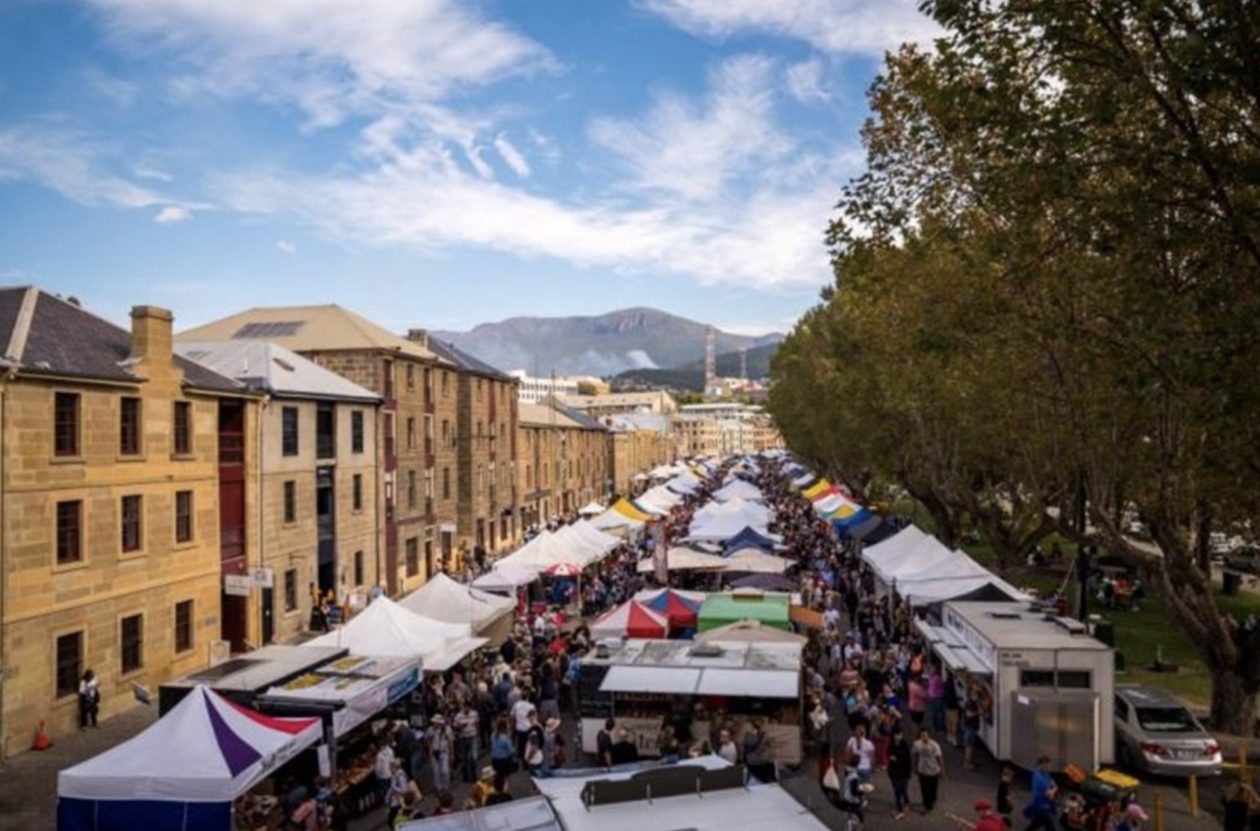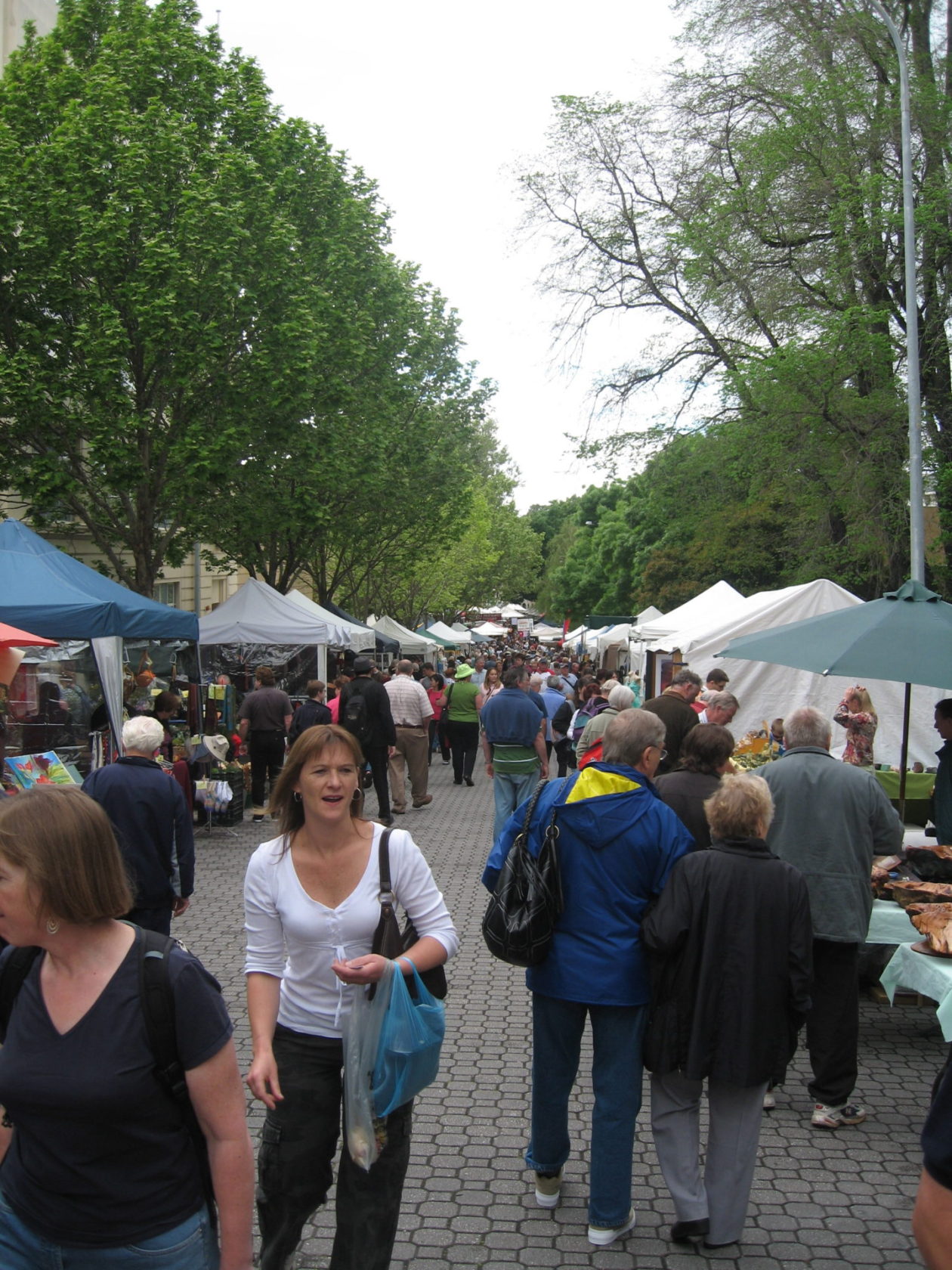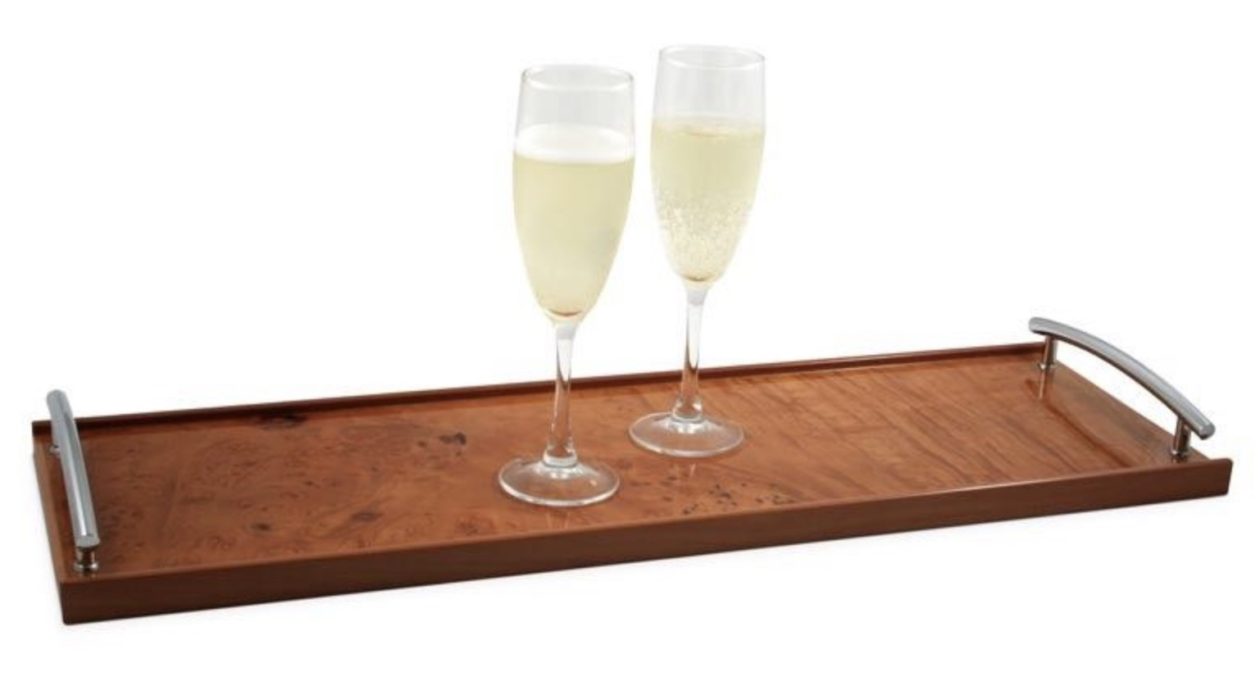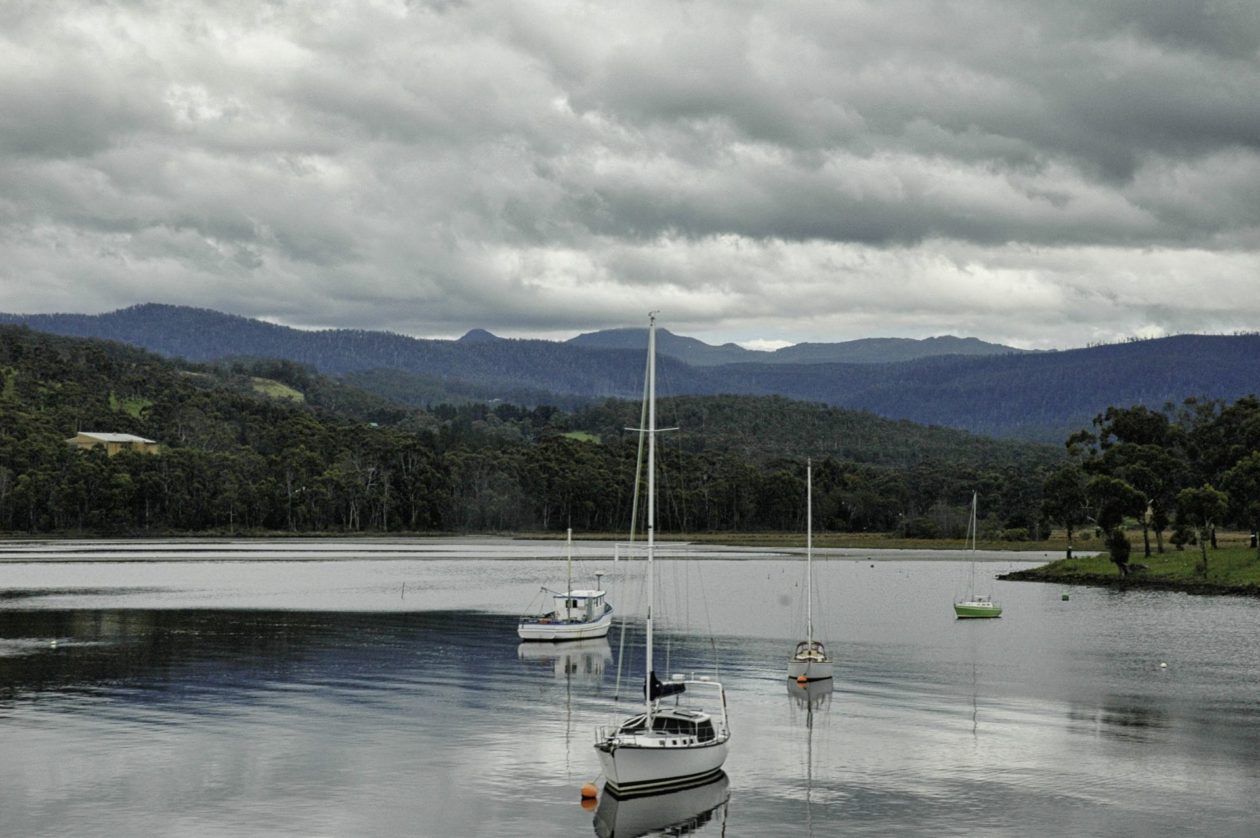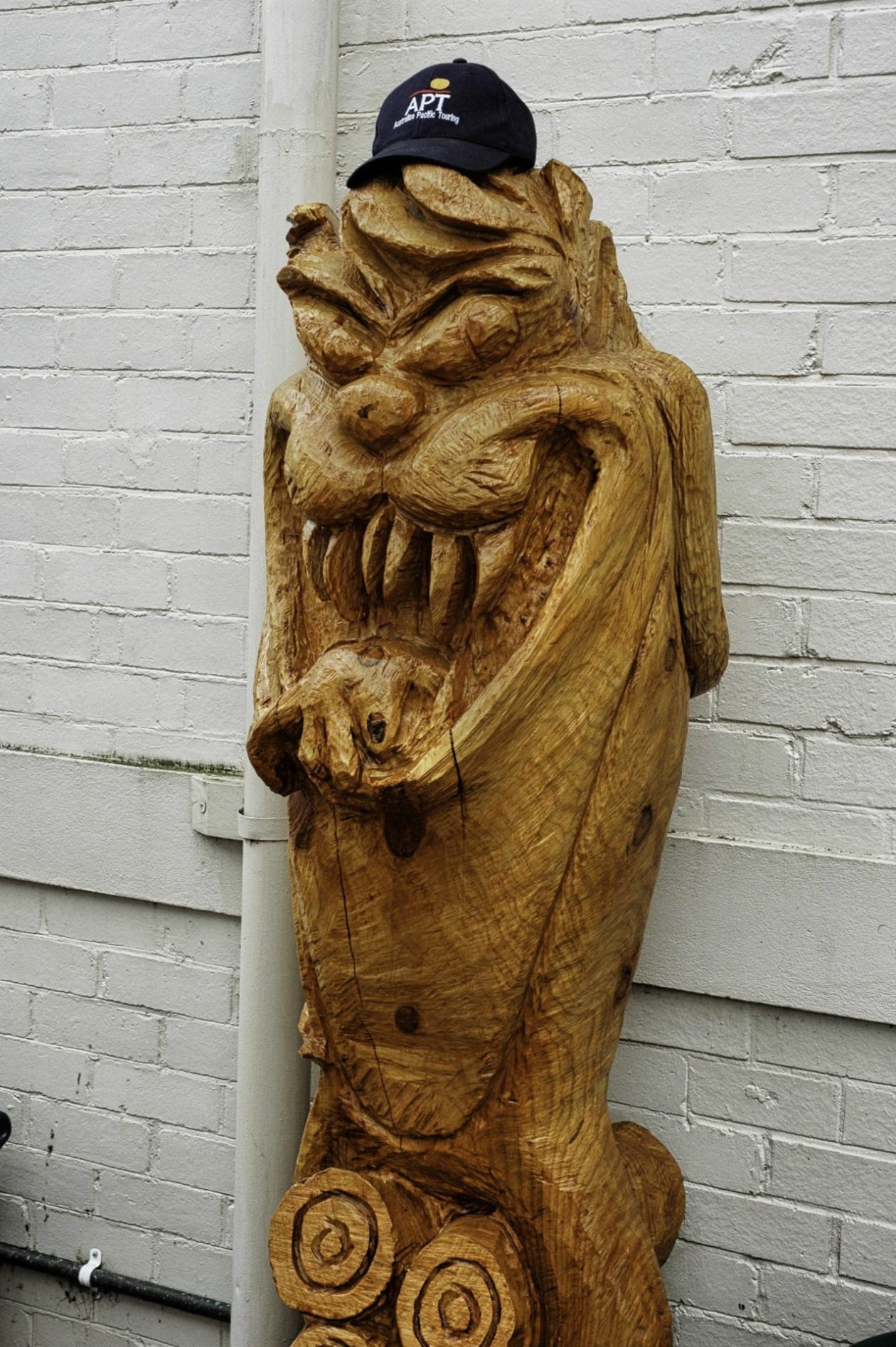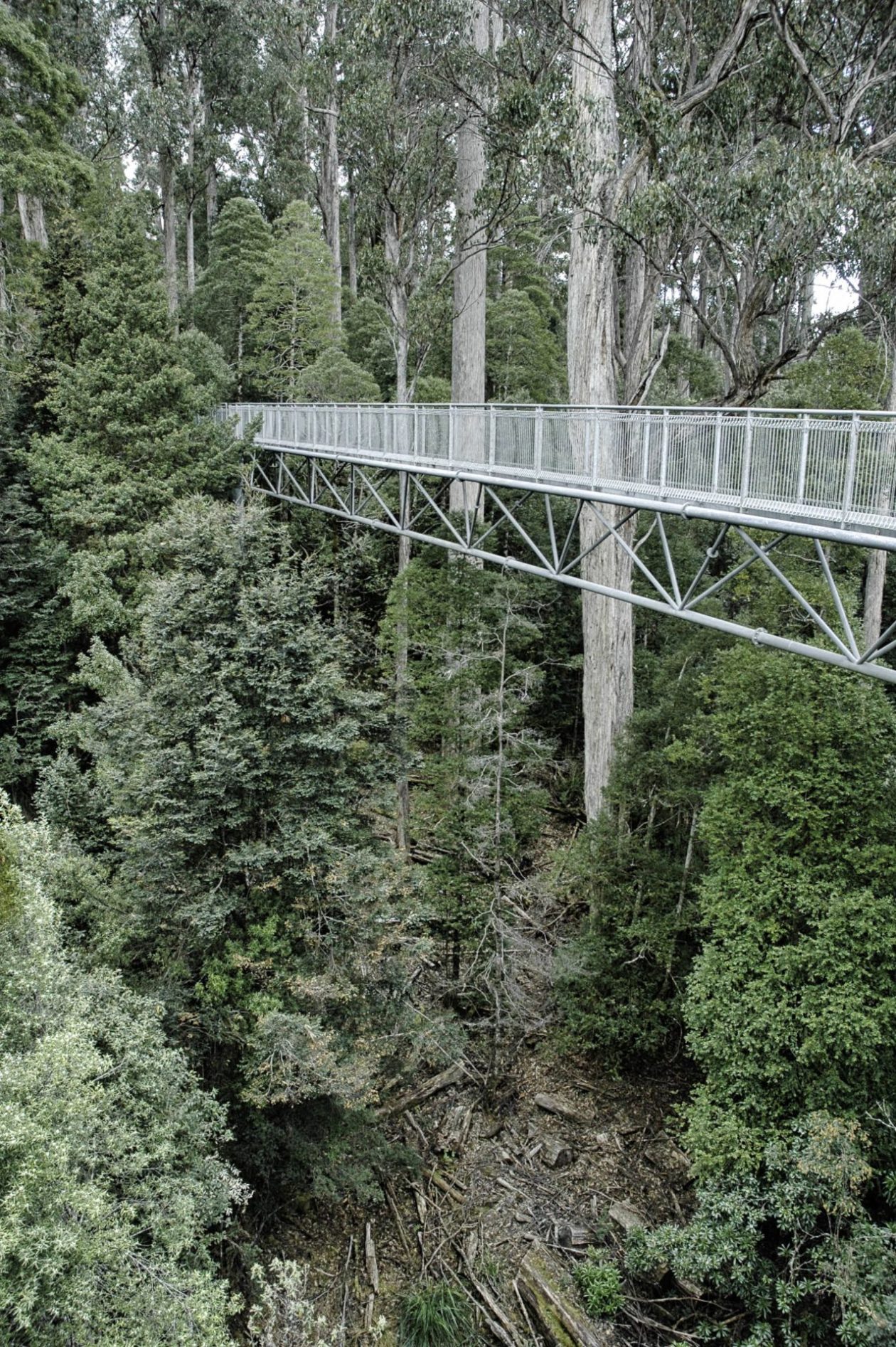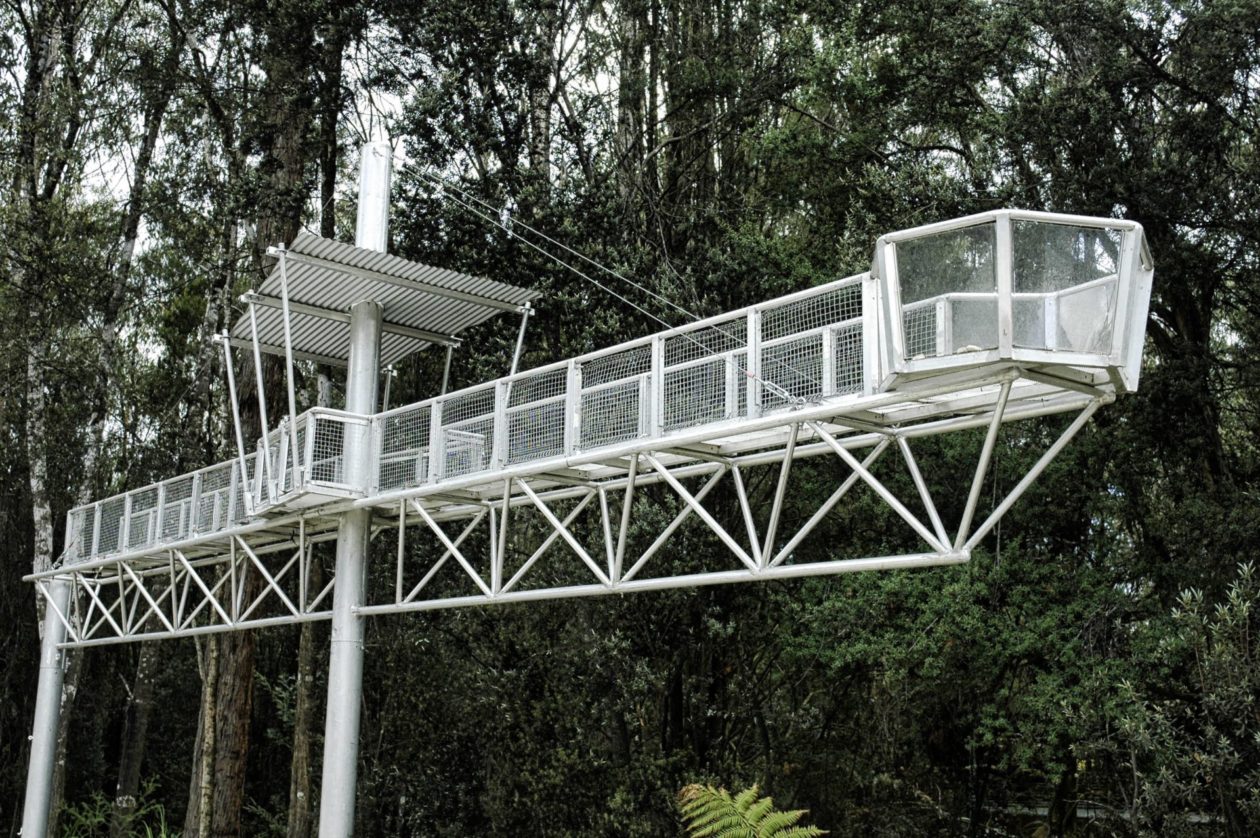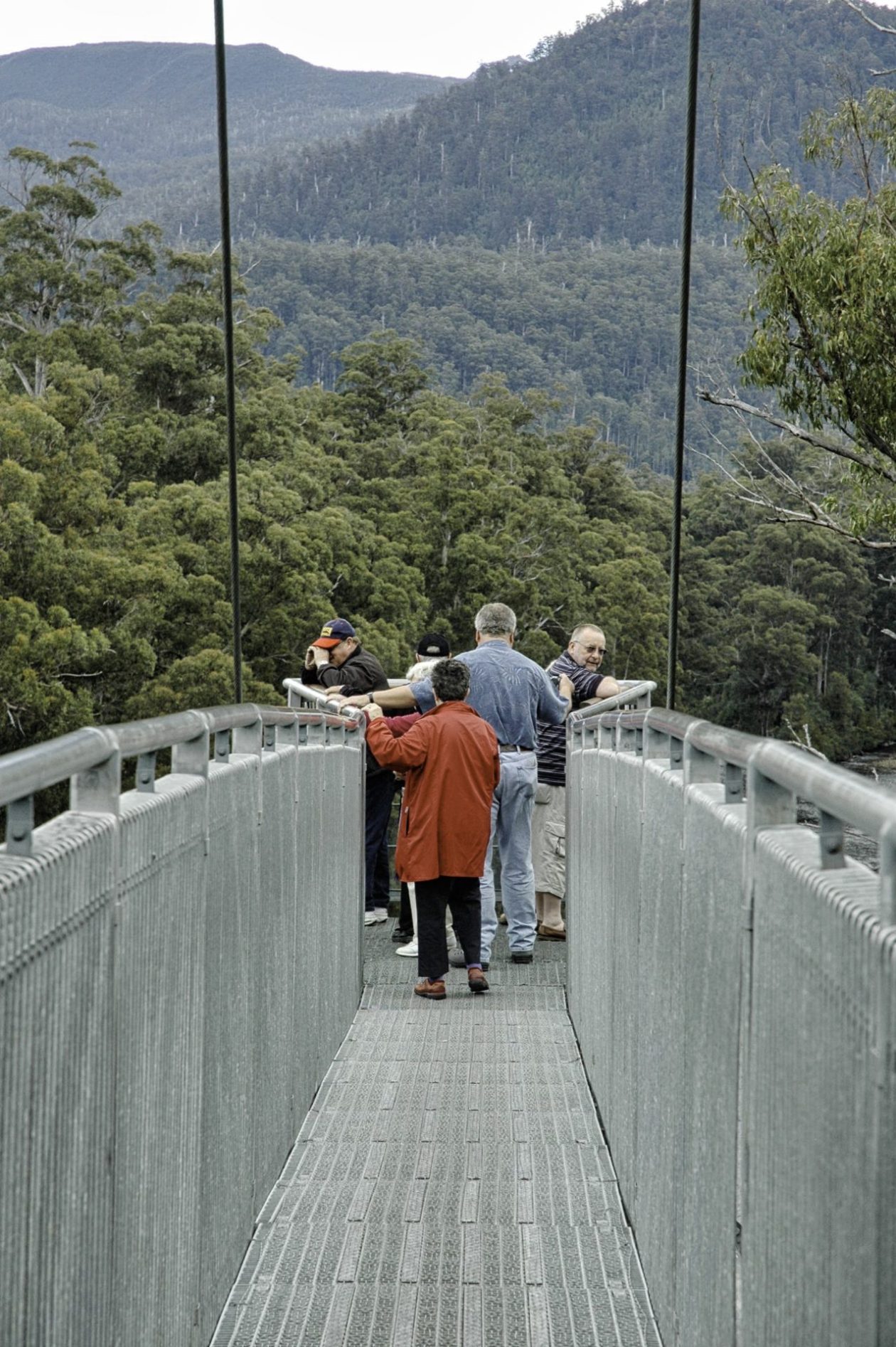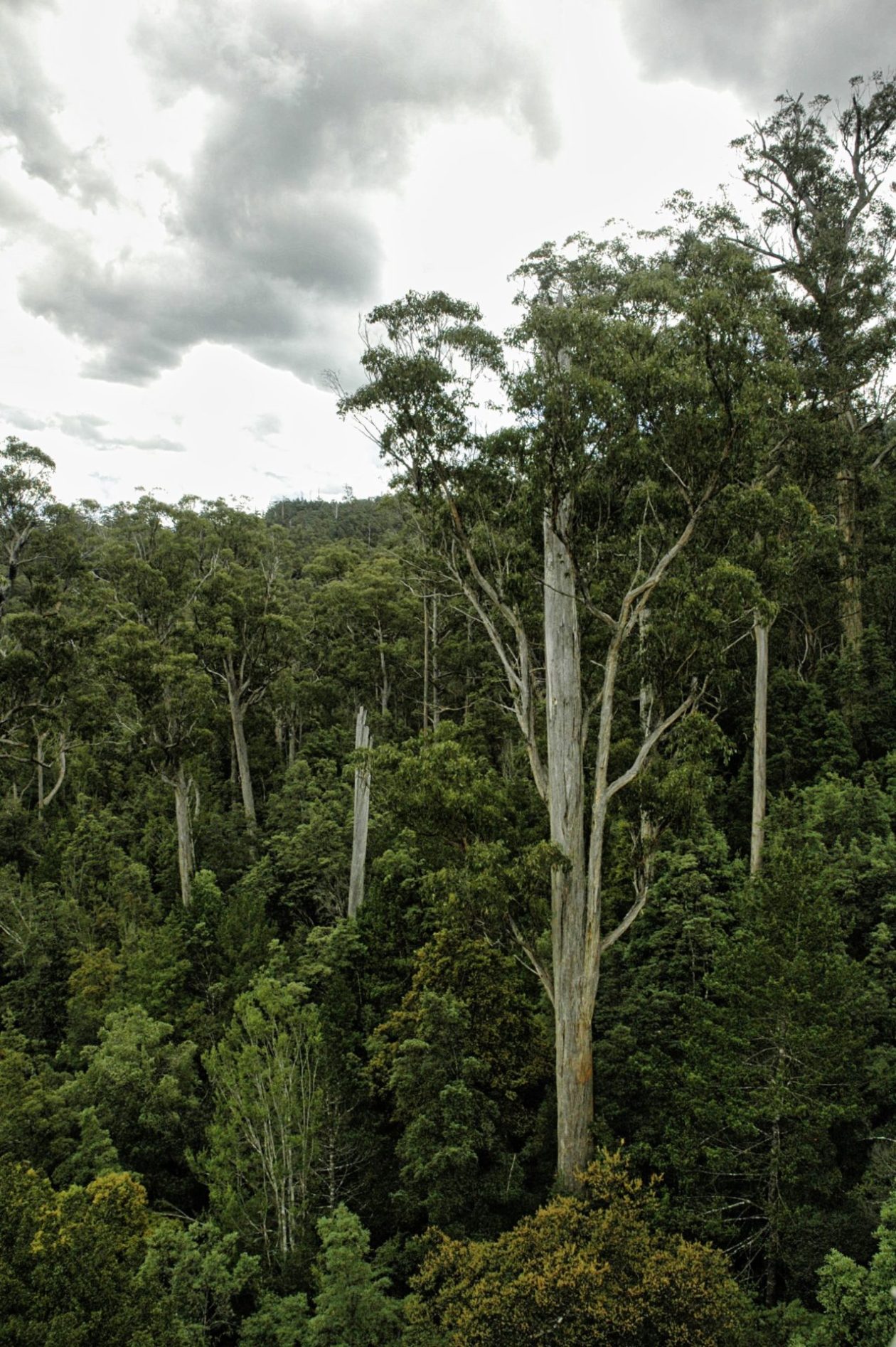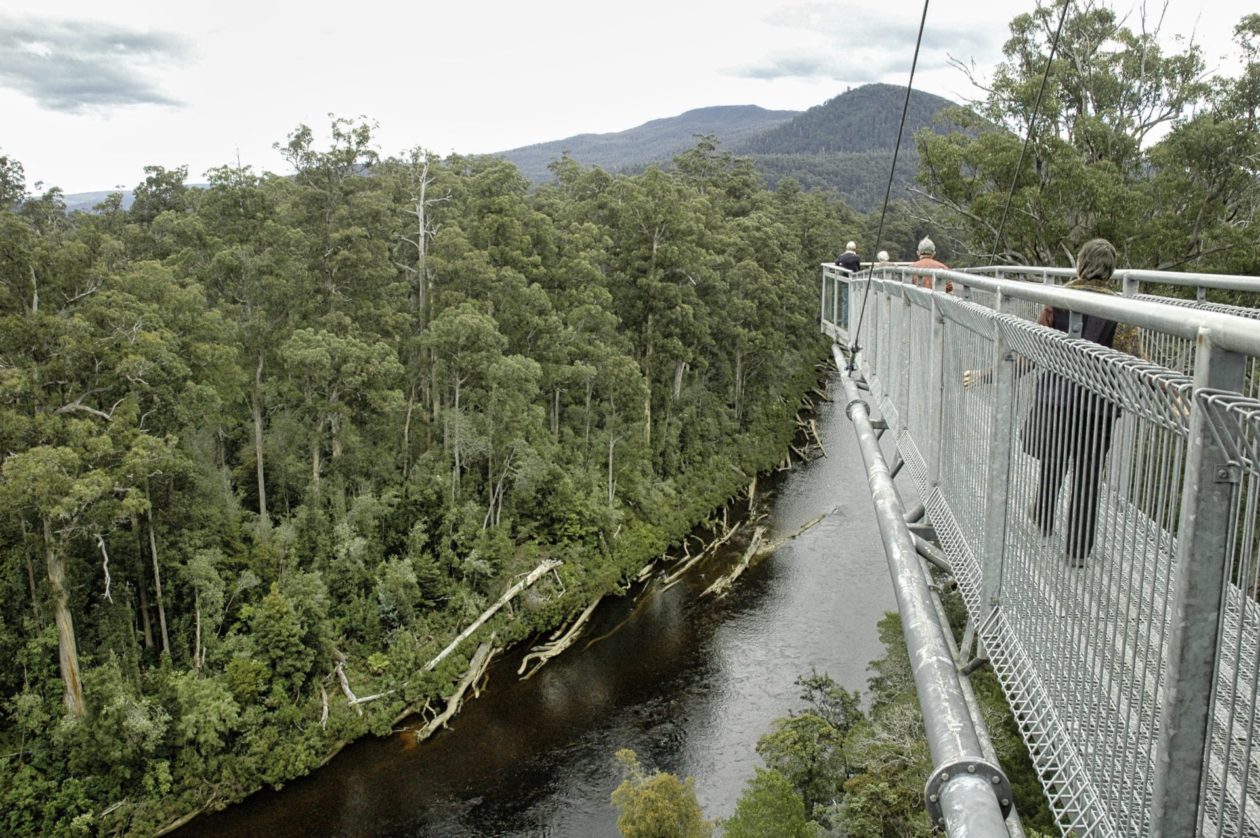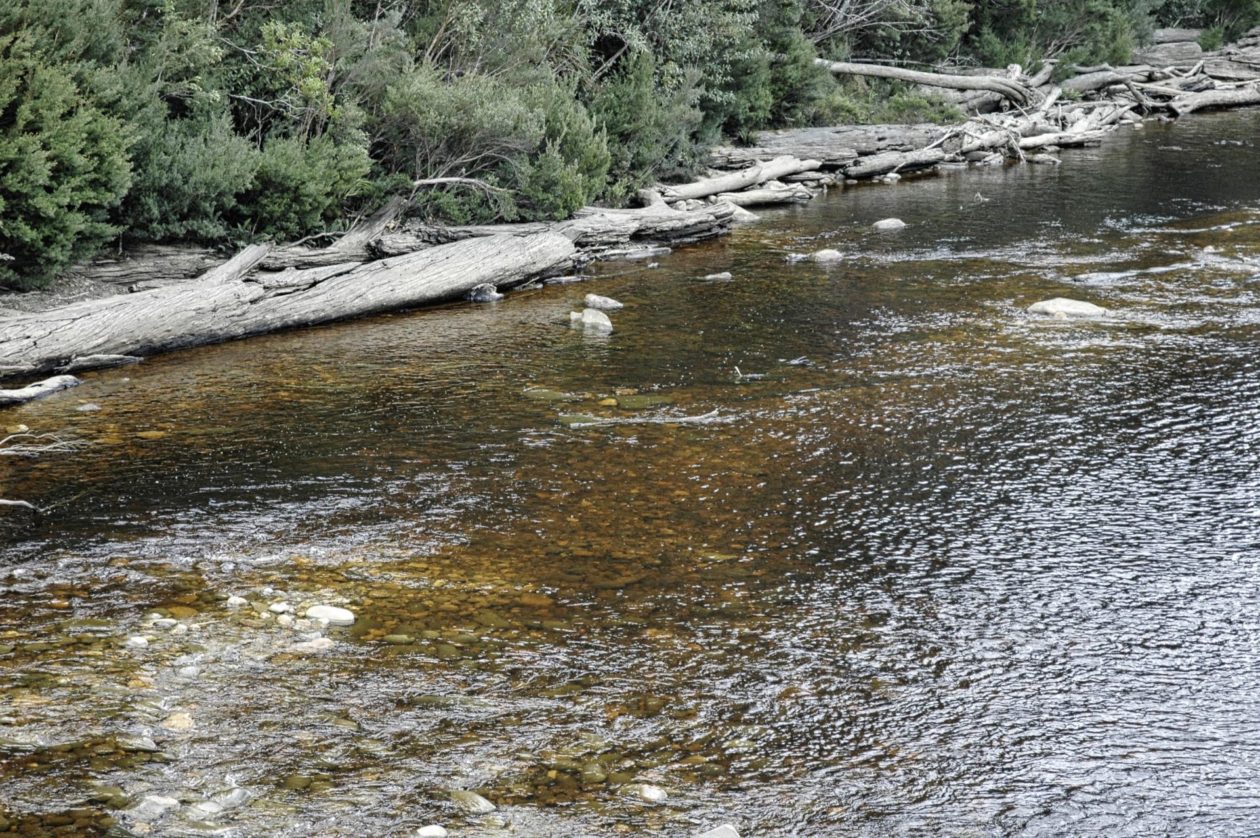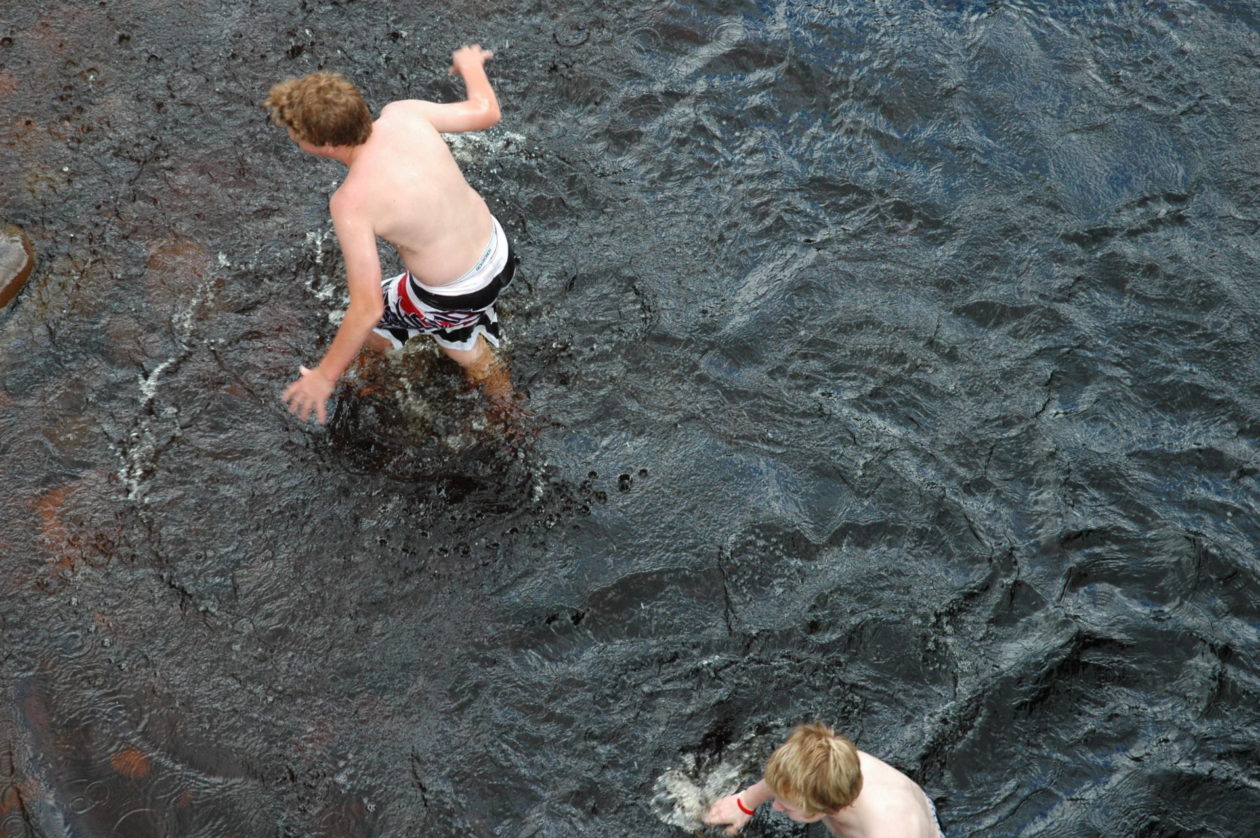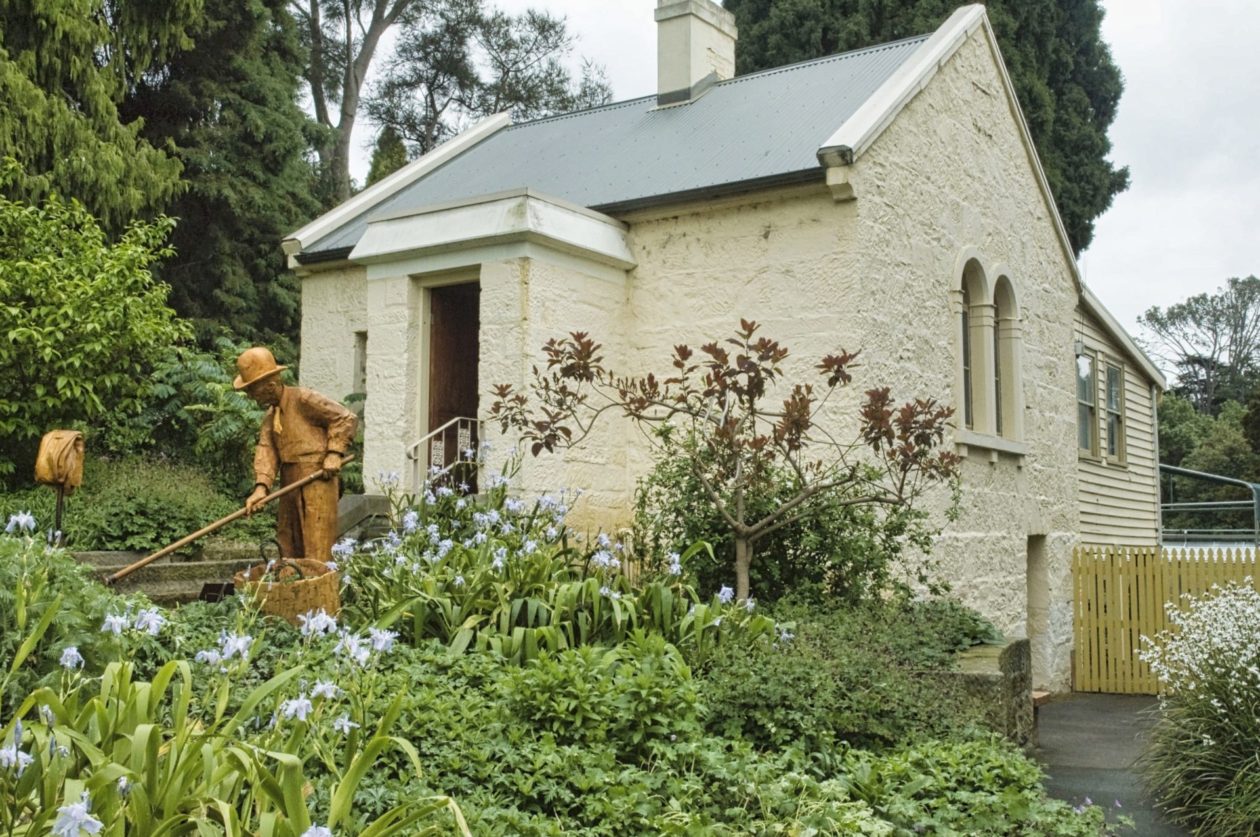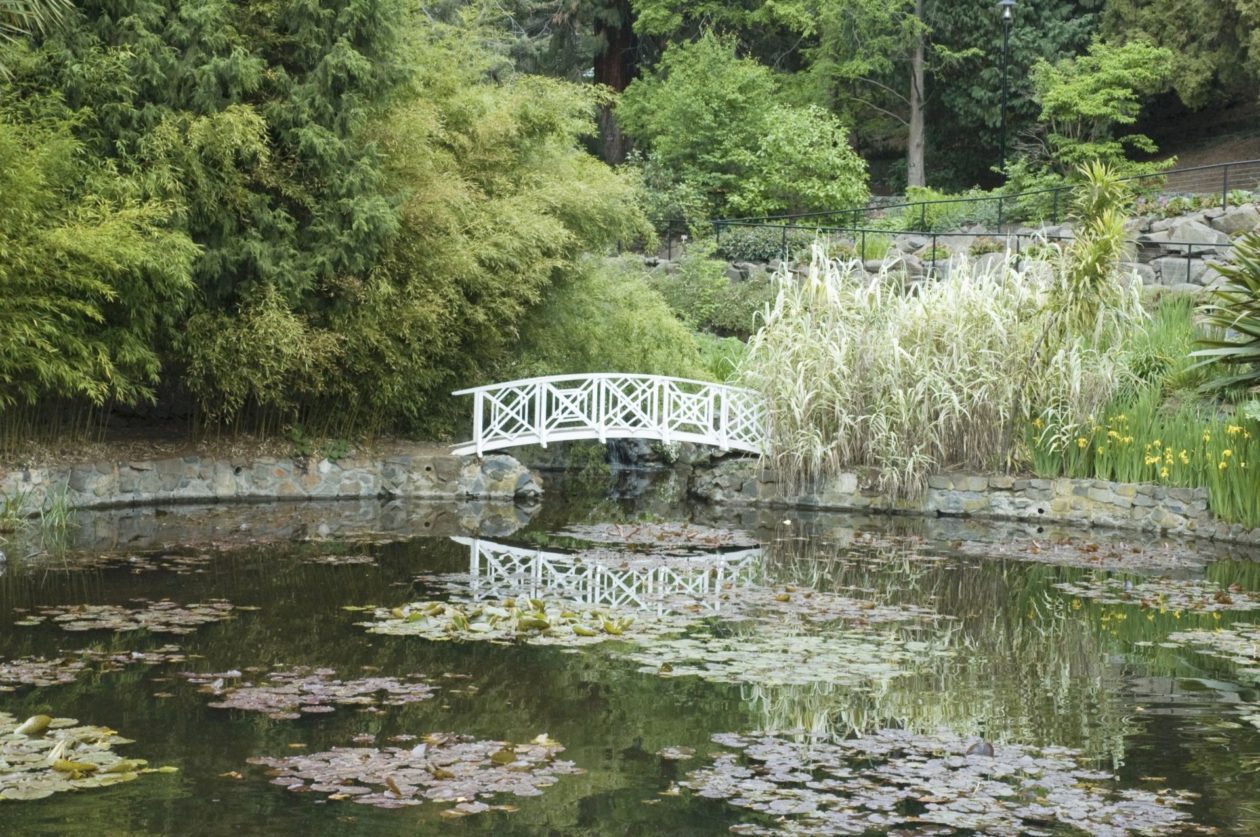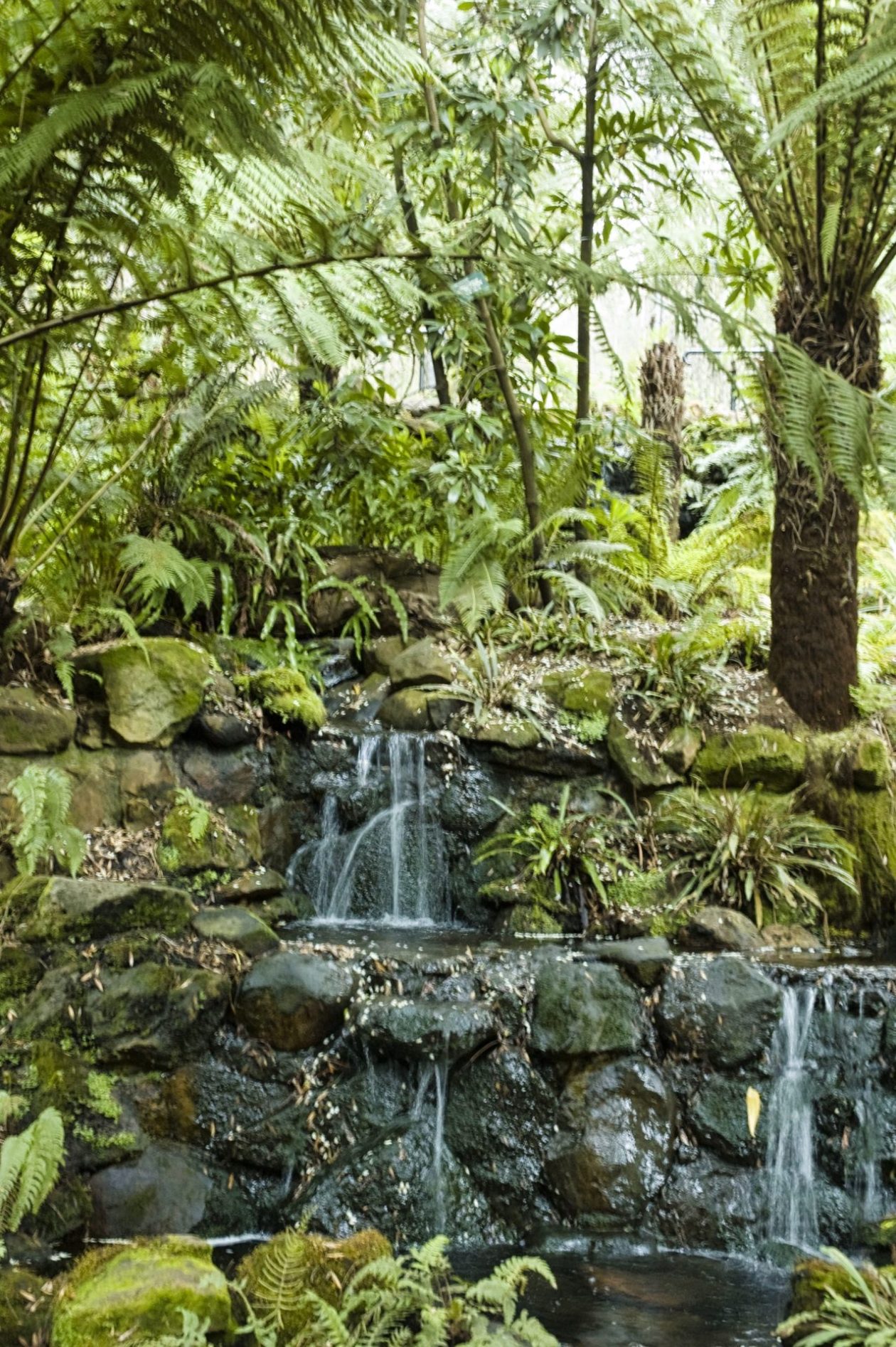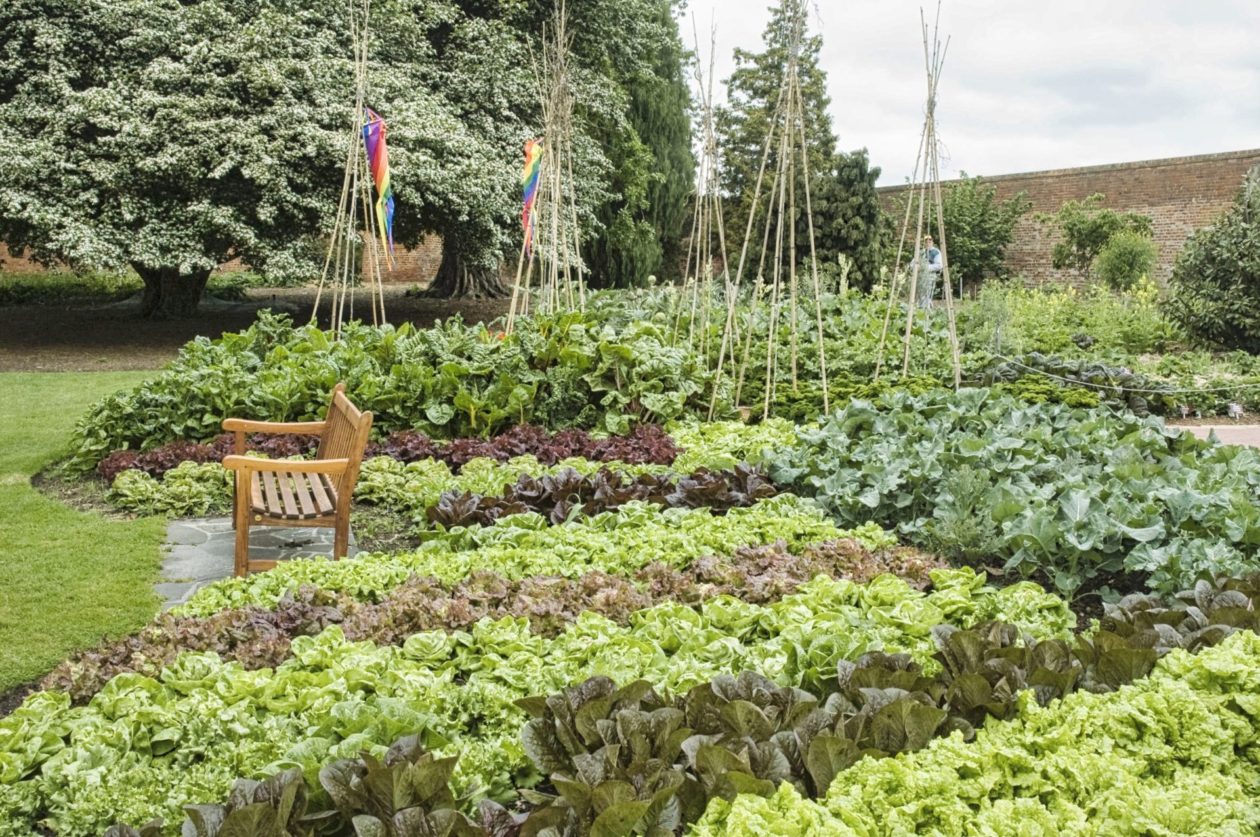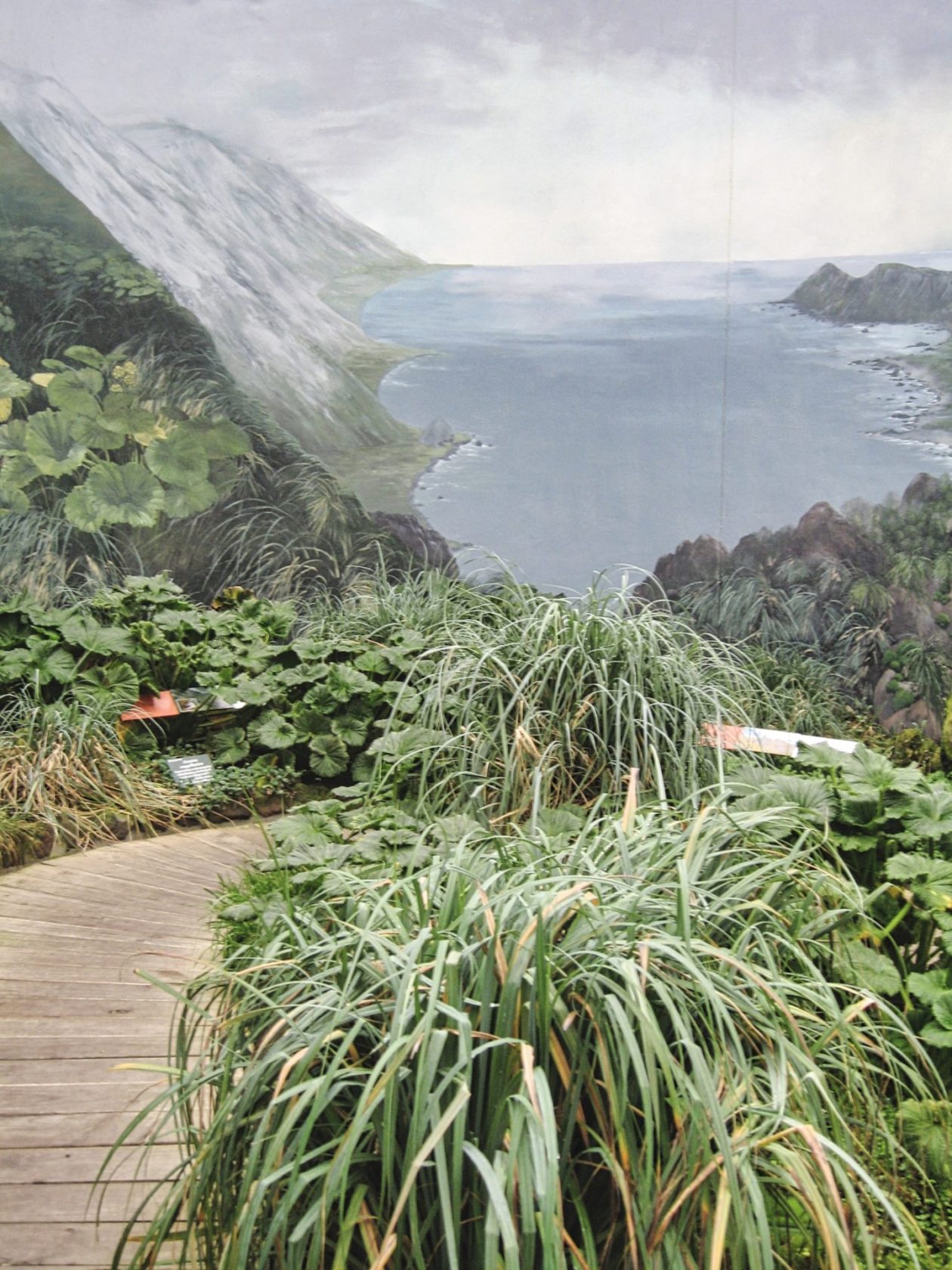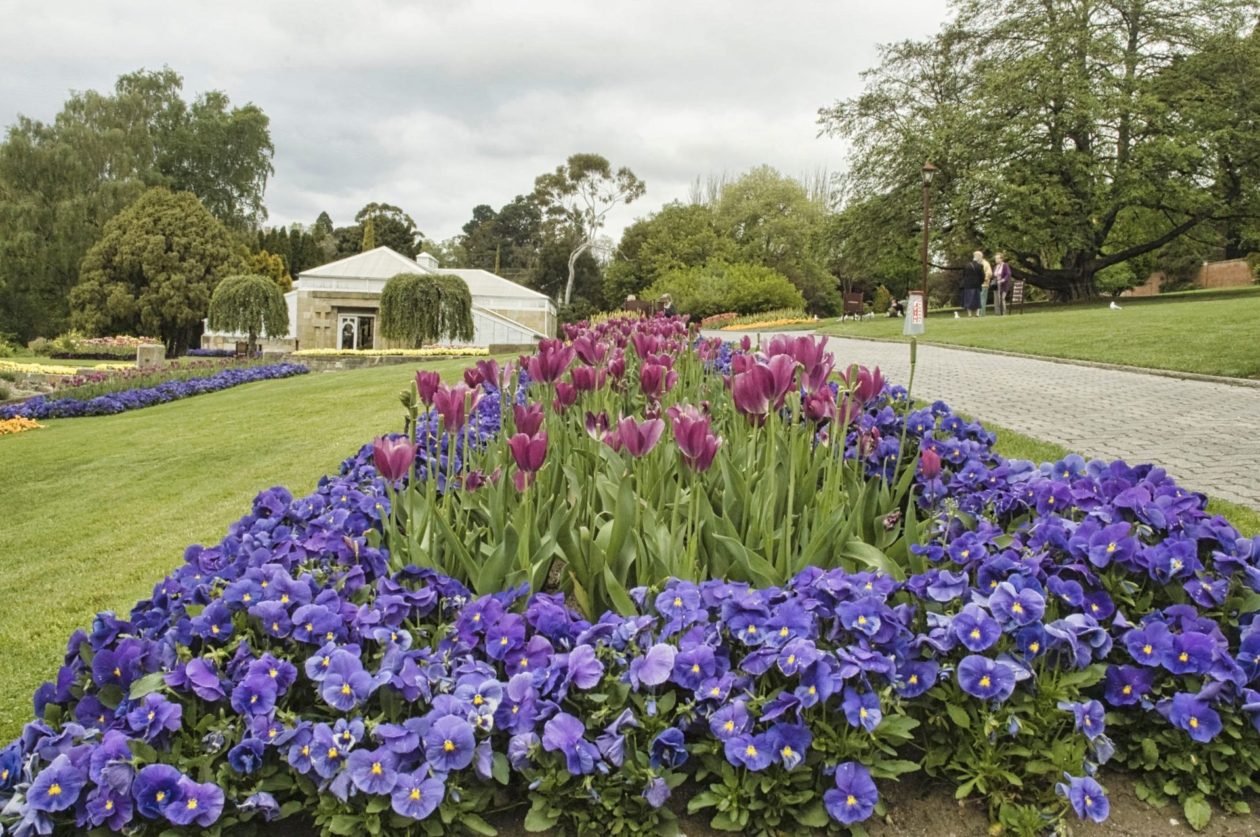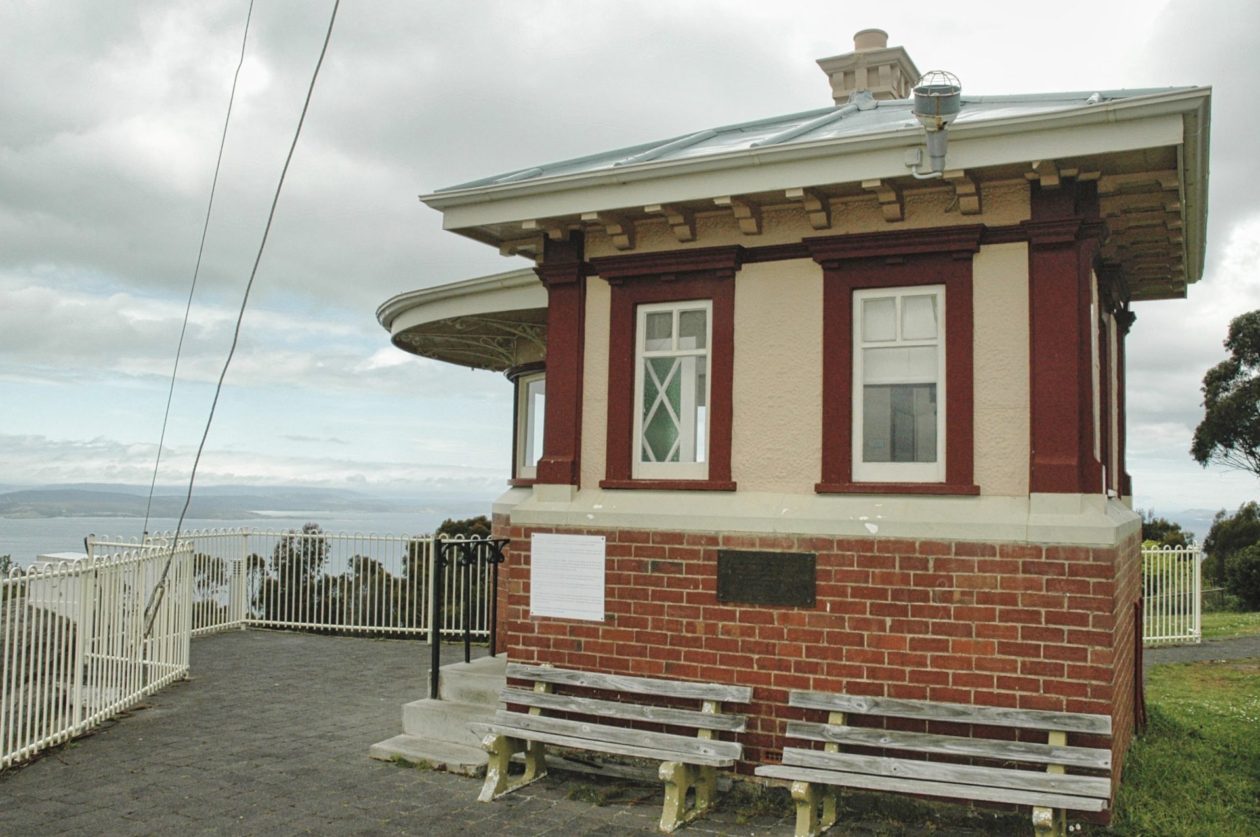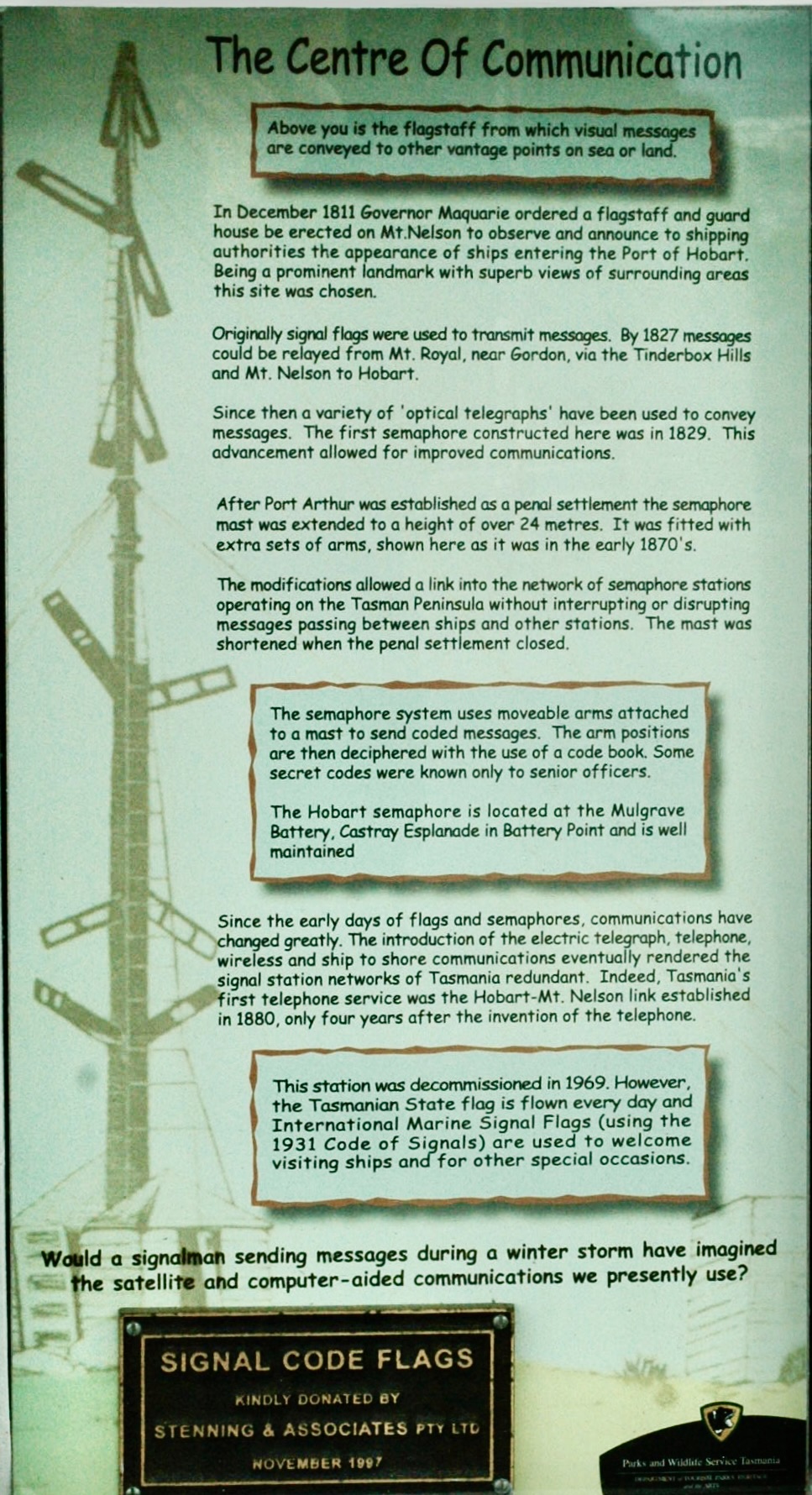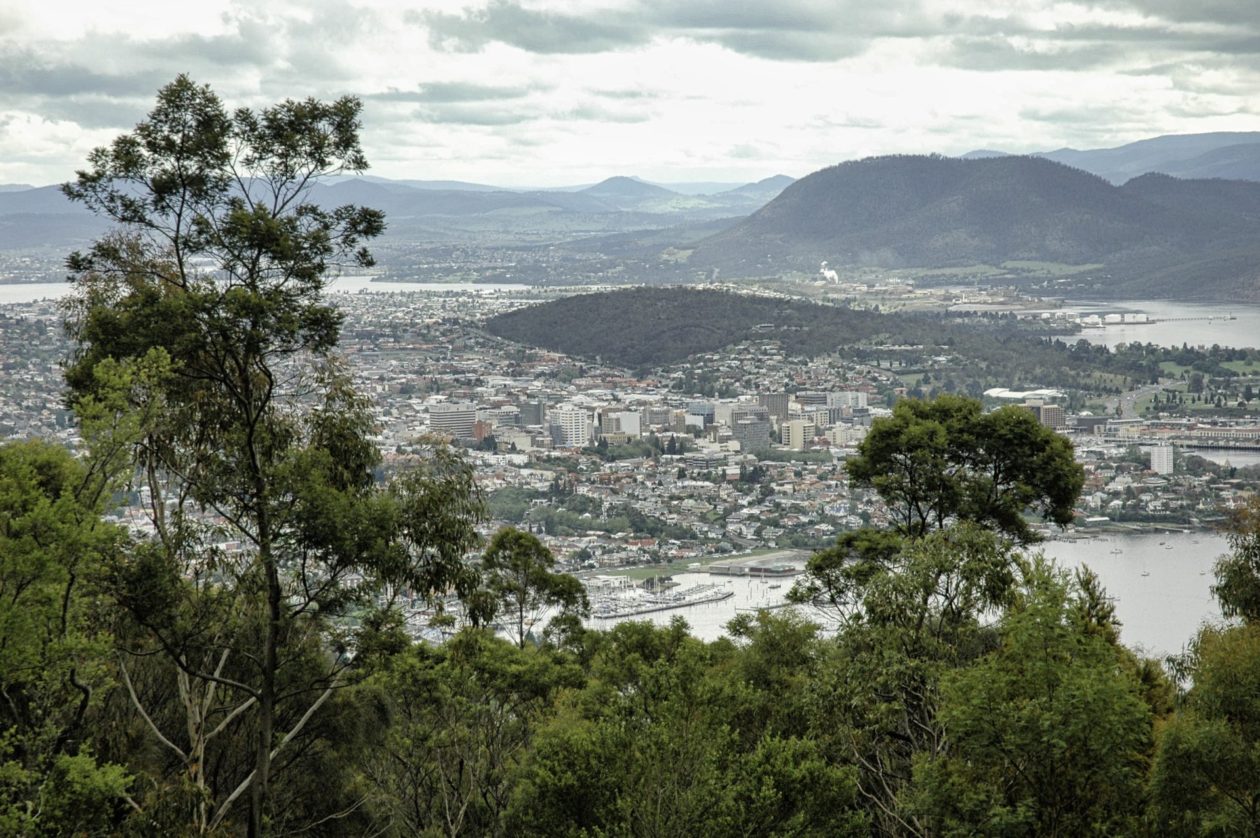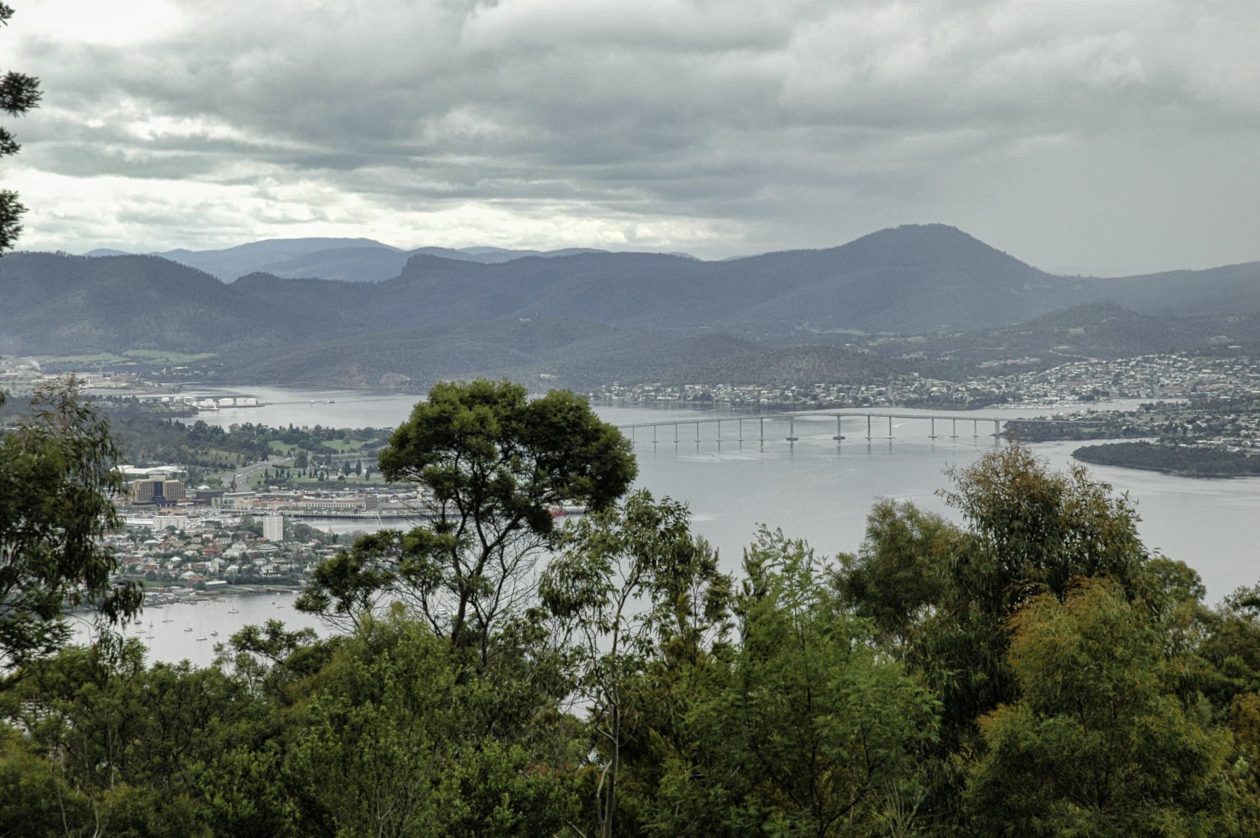- Starting our Tasmanian trip in Launceston
- The Tamar River Valley
- On the road to Freycinet National Park
- Traveling in the steps of convicts — on the road to Port Arthur
- Hobart and the search for lumber!
- The road to Cradle Mountain — Russell Falls, Lake St. Clair, Queenstown, and Strahan
- Cradle Mountain
- The road back to civilization — Woolnorth, Stanley, Table Cape, Sheffield and trip end
We then spent a few days in Hobart, the capital and largest city in Tasmania. It sits at the base of Mount Wellington and at the edge of the River Derwent. It’s actually the second deepest port in the world, which probably speaks to its history as a port. Walking around the city, it’s interesting to see the mix of old and new, whether in architecture or culture. We were lucky to be there on a Saturday to attend the Salamanca Market, an amazing blend of produce, crafts, food, and entertainment. With over 230 stalls, it takes a while to get through it all. And it is special for us for a wood tray that we purchased that was made of Tasmanian myrtle (https://en.wikipedia.org/wiki/Nothofagus_cunninghamii). We so fell in love with this wood that we decided to procure enough to do the floors and cabinetry in the new home we are building, but many hoops remain to get through before we were able to accomplish this.
Indeed, we took the next step the following day with a visit out to the Tahune Airwalk, a steel canopy walkway that extends over 2000 feet into the forest canopy, reaching heights of up to 160 feet! The terminus of it gets pretty exciting because it is cantilevered and it bounces up and down a lot (not for the faint of heart!). Of course, one of the things that attracts non-tasmanians is the plethora of trees that grow only in Tasmania like Huon and Pencil Pines, Leatherwood, and MYRTLE! In addition to the spectacular views, we had a chance to speak with a representative of Forestry Tasmania who told us that the only way to get these trees is if they are fallen. He gave us the names of a few forest products companies and the hunt was on! (Ultimately we would successfully find a company and we had it rough cut, kiln-dried, and put in a shipping container to Seattle. Quite a souvenir, wouldn’t you say?!).
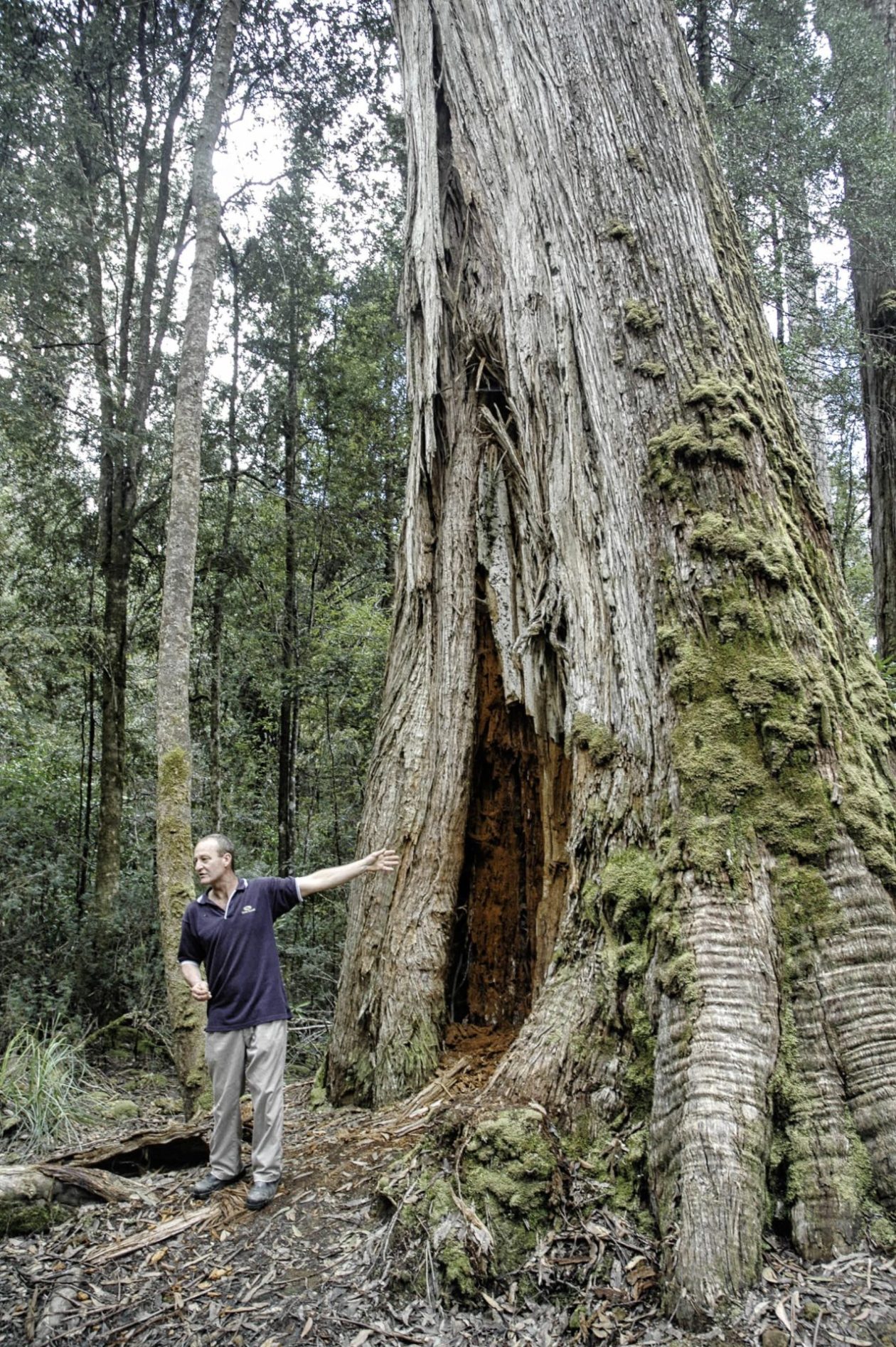
On our last day, we visited the Royal Tasmanian Botanical Gardens, Australia’s cool climate garden, with a number of unique collections including Australia’s only Subantarctic Plant House (more superlatives!). This was one of the most beautiful gardens we had ever visited. Our last stop in Hobart was the Mount Nelson Signal Station which sits on top of Mount Nelson and provides amazing views of Hobart. But it also provides visibility to the distant Port Arthur. In fact, the signal station was built in 1811 to quickly communicate with the prison using semaphore flags. Consequently, if any prisoners that successfully escaped from Port Arthur (highly unlikely!), a message could rapidly be sent to Hobart to join in the chase.
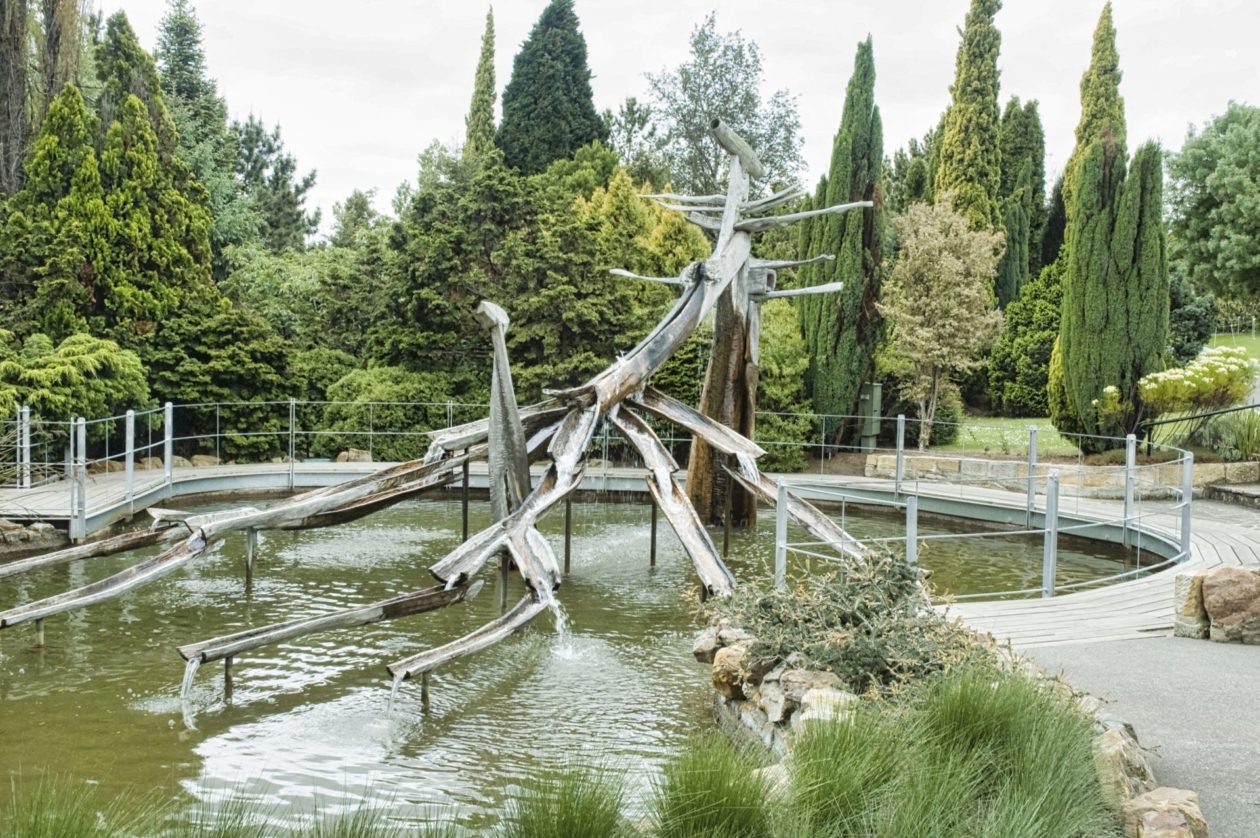
From here, it was time to start heading northwest up the other side of the island!
This entry was posted in Australia, Tasmania, Travel